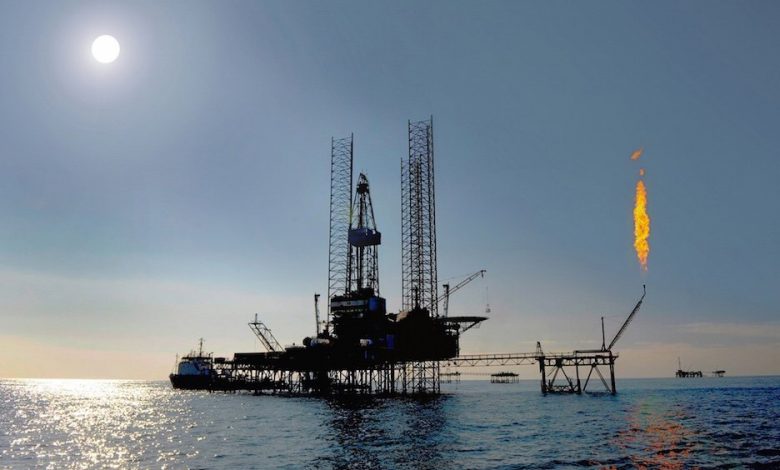Myanmar and Asia Pacific’s role in driving oil and gas growth

With the volatility in the oil patch at the moment, Myanmar and much of Asia Pacific presents as a unique opportunity to provide growth to a sector that is currently undergoing fundamental change and deals with volatility in a growing market. This is particularly true when one considers the structural growth drivers in the APAC region. These are:
- 1.2bn people have no access to power/electricity
- 2.6bn use wood/dung/other biomass for cooking purposes
- By 2035 we will see the world population increase by 1.5bn
- Within the next decade, the world’s population will be found in urban settings and be around the 6bn mark.
When considering these drivers, we also note that energy demand is set to grow more than 40% over the next 30 years. It is noteworthy that growth in oil demand is predicted to being relatively flat in overall terms, with growth demand being serviced by cleaner forms of energy. The forecast growth in gas demand as an energy source is particularly relevant in the region. It also presents significant opportunity for a frontier country such as Myanmar. Whist there is a great deal of excitement over the opportunities present by the anticipated natural gas reserves in Myanmar, there are a number of choke points that need to be resolved in order to open up these opportunities. In a sense, Myanmar and the international oil companies (IOCs) are at a cross roads, and this was explored at the 2nd Myanmar Offshore Congress held in Yangon on the 25th /26th June.
An essential key to Asia’s frontier economies, such as Myanmar/Cambodia/Vietnam and Laos is access to affordable energy. With electricity and power you get:
- Job creation
- Growth in economic activity
- Improved quality of life and growth in the middle class.
Both government and IOCs need to form strong partnerships that create the necessary conditions to deliver this potential. In Myanmar, there is an opportunity for this relationship to provide leadership in the oil/gas patch, by forging a relationship that goes outside traditional paradigms. It is also an opportunity for the IOCs to reset some of their processes that will lower costs and be an enabler in assisting them in dealing with the new business paradigm.
To this end, government is currently reviewing and changing the regulatory framework, improving the business environment. These changes, whether to tax law and foreign investment, is reducing the sovereign risk normally associated with doing business in the region. For some, these changes have come quickly and have not been matched with supply of infrastructure to support the development of these opportunities. It can be argued, that these opportunities are now at risk as key choke points have emerged. Examples of the more important ones have been identified, all of which can undo the good work that has been done in opening Myanmar for business, include:
- No comprehensive data sets that clearly identifies prospective drilling areas, including seismic and 3D modelling,
- No key infrastructure, particularly an offshore supply base to support drilling and exploration,
- No clearly articulated transition and development plans to develop and protect local talent for sustainable ongoing development (Examples, key skill development in wharf management, marine etc).
I would suggest the following actions be taken, that will not only assist in unlocking these chokepoints, but could also create a new collaborative model for the way the IOCs and government bring new fields to market. These recommendations are based on the very tight project timelines that emerged from the discussion regarding the PSCs – exploration is scheduled to start by the end of 2016.
Firstly from an IOC perspective, I would suggest that there be:
- Standardisation in drilling operations, as this will allow improved rig utilisation in drilling particularly during the initial exploratory well phase where two wells per block are anticipated. Reduces time and cost.
- Share geophysical and geotechnical data, including shared cost in generating comprehensive high quality 3D and other seismic data for all basins
- Encourage and support the development of a multiser supply base / OSB structure that allows collaboration and sharing of a key piece of support infrastructure
- Enable communities by building in ‘protection and capacity building’ in their community engagement process. There should have robust systems that allows not just training of local community talent, but ensure that this is transferred so as to make ongoing country development sustainable.
From a MOGE/union government perspective, with 52 expressions of interest in the provision of an OSB to support exploration, I suggest that:
- Engage expertise to fully develop a user requirement and identify locations for development,
- Facilitate the acquisition of land and passage of regulation that would allow fast tracking of the OSB development,
- Engage expertise to create a Myanmar solution with the custom design an OSB solution that takes account of the local conditions before an operator is appointed. Don’t allow the solution to be imposed by third parties capabilities, but build local capability.
In conclusion, Asia Pacific and in particular Myanmar, can drive future growth in the oil and gas sector. It provides a unique opportunity to create a new collaborative working model in frontier regions in the oil patch, as well as providing good news to a sector under strain.
